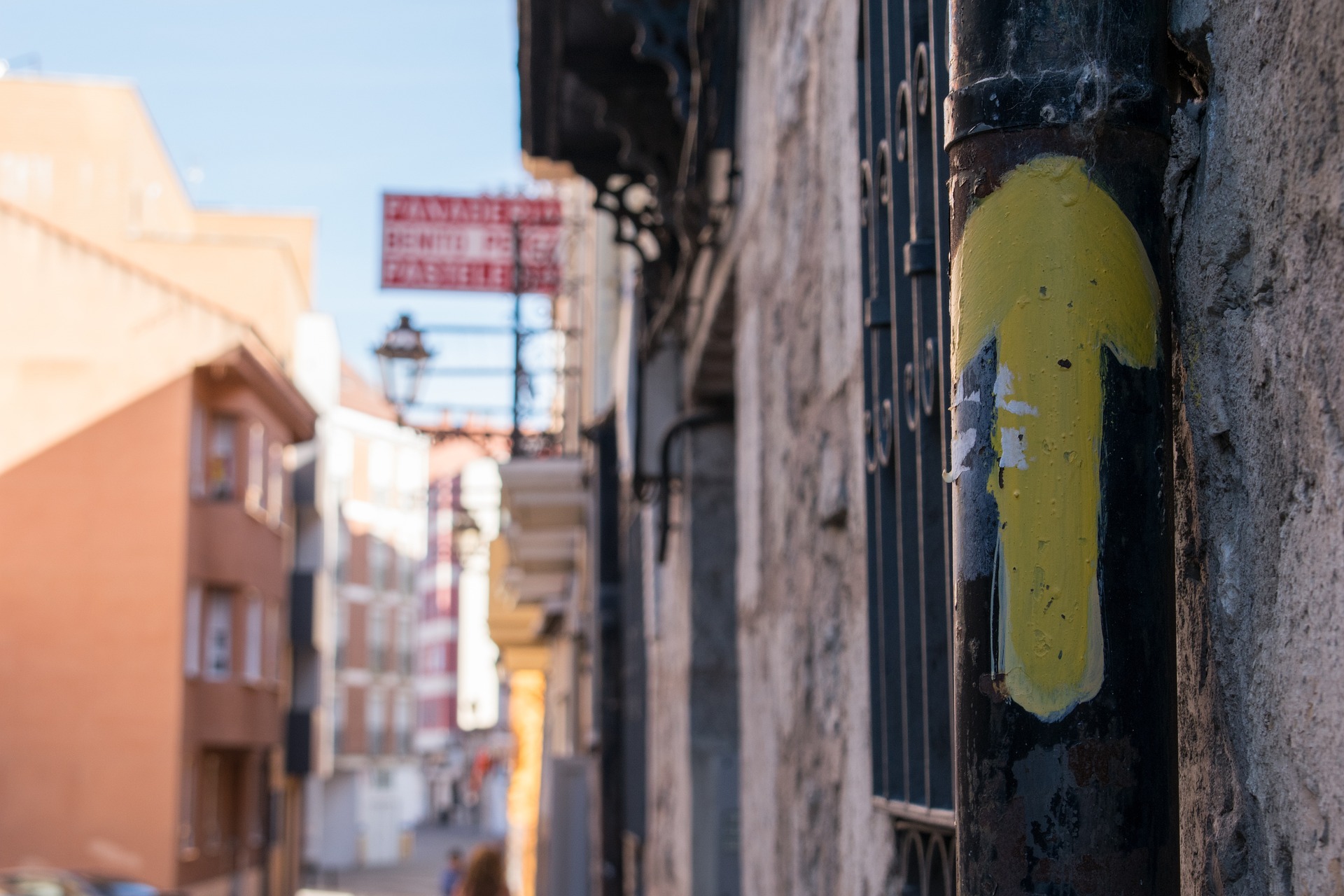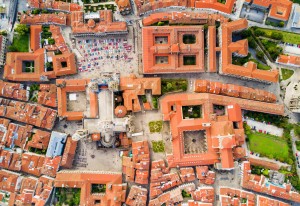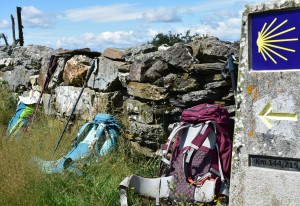Everyone who has already done the Camino de Santiago knows that it is satisfying, but also very demanding. That is why, even if you choose the “easier” route, you should prepare some time before. This will prevent you from getting frustrated, injuring yourself or even abandoning your journey.
While it is true that walking is a recommended activity for anyone, taking a walk of a few kilometers is not the same as walking 20 km a day for several stages.
Therefore, if you are not used to taking demanding walks, you should start to get down to work and gradually. Even if you are physically active, we recommend that you focus on walking in the weeks leading up to it.
How to prepare if you are not used to physical exercise?
First of all, remind you that a balanced diet and exercise are the keys to health. For this reason, we recommend that once you have completed the Camino, you introduce these guidelines into your daily routine.
That being said, the first thing you have to do is perform mobility exercises for the joints. It is important that they do not force themselves because they will prevent you from continuing with your plans.
After this, get used to walking every day for about 30 minutes. Choose a route on flat ground, to begin to accustom the body to movement. After several days following this routine, begin to include ups and downs to improve lung capacity. Also, in the weeks closest to your adventure, try to lengthen the route every day.
What if I already train regularly?
Unless your workouts are already focused on preparing to walk/run, I recommend that you follow the same guidelines that we have indicated for people who are not used to playing sports.
Why if I’m already in shape? because probably your joints are not used to continuous movement, perhaps you have a lot of strength but little lung capacity or it is also possible that the muscles that are exercised when walking are not the ones that you work the most in your daily training.
In any case, not everything is walking. Your muscles have to be strong and agile to be able to withstand the demands, so it is important that you dedicate at least a couple of hours a week to strengthening them by performing anaerobic exercises. For example squats, strides, plates…
As for the backpack, if you have decided to take it with you during the Camino, start to carry it in training as well, because your body has to make more effort and must be prepared for it.
Last but not least, don’t put stretching aside. Both during training and on the Camino, stretch at the end of the day. Your muscles will thank you and you will avoid injuries.
As always, we encourage you to share with us your experience walking the Camino de Santiago on our social networks. Both on Facebook and Instagram.












